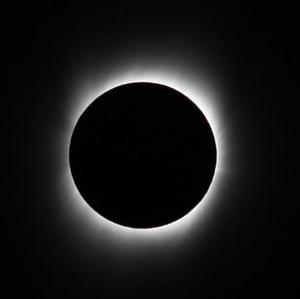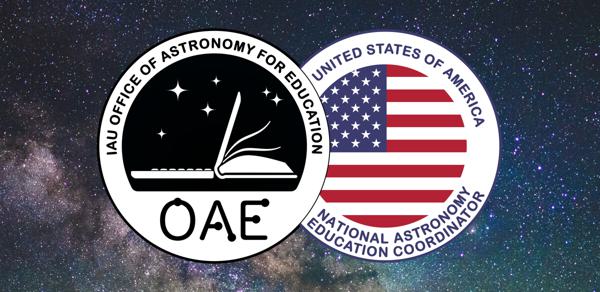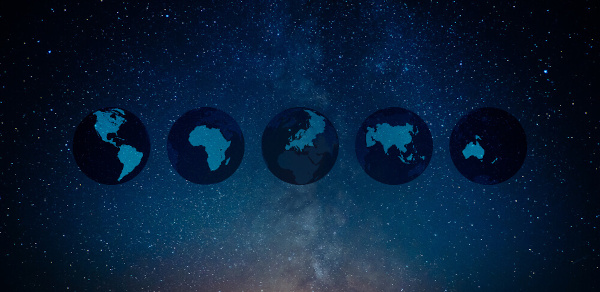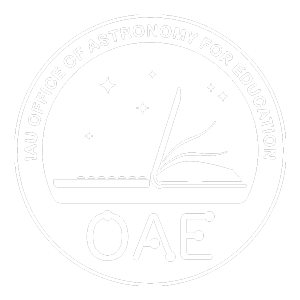Glossary term: 日食
Description: 若地球、月球和太陽排成一條直線,且月球位於地球和太陽之間,則會發生日食。從地球表面觀測時,月球圓面覆蓋了天空中的太陽圓面;在太空中觀測時,我們可以看到月球的影子在地球的晝半球上移動。
日食有不同的類型。日全食是指月球圓面完全覆蓋太陽;日偏食是指即使在食甚時,太陽圓面也只有一部分被覆蓋;日環食是指月球與地球的距離比平均值遠,因此看起來比平時小,即使在食甚時也能看到太陽圓面的一圈圓環。
日全食期間,地球上月影最暗處稱為“本影”,月影邊緣稱為“半影”。位於本影內的觀測者看到的是日全食,而位於半影內的觀測者看到的是日偏食。
Related Terms:
See this term in other languages
Term and definition status: The original definition of this term in English have been approved by a research astronomer and a teacher The translation of this term and its definition is still awaiting approval
This is an automated transliteration of the simplified Chinese translation of this term
The OAE Multilingual Glossary is a project of the IAU Office of Astronomy for Education (OAE) in collaboration with the IAU Office of Astronomy Outreach (OAO). The terms and definitions were chosen, written and reviewed by a collective effort from the OAE, the OAE Centers and Nodes, the OAE National Astronomy Education Coordinators (NAECs) and other volunteers. You can find a full list of credits here. All glossary terms and their definitions are released under a Creative Commons CC BY-4.0 license and should be credited to "IAU OAE".
If you notice a factual or translation error in this glossary term or definition then please get in touch.
Related Media
日全食
Credit: 盧特法爾-拉赫曼-尼爾哈爾 credit link
License: CC-BY-3.0 Creative Commons Attribution 3.0 Unported icons









